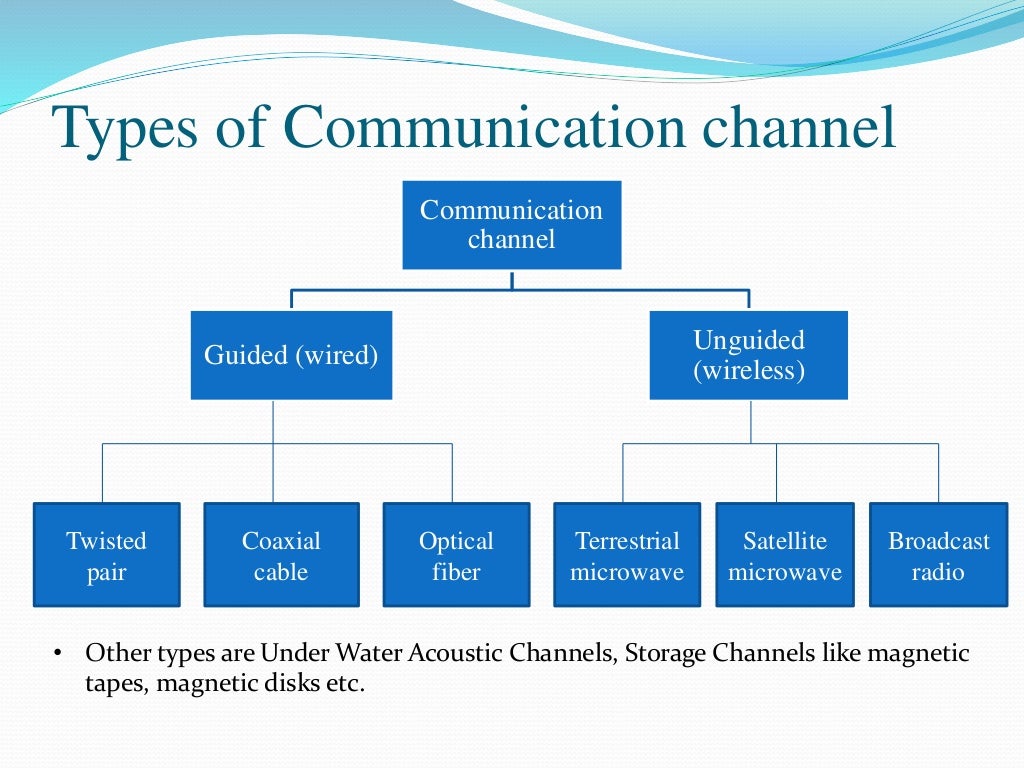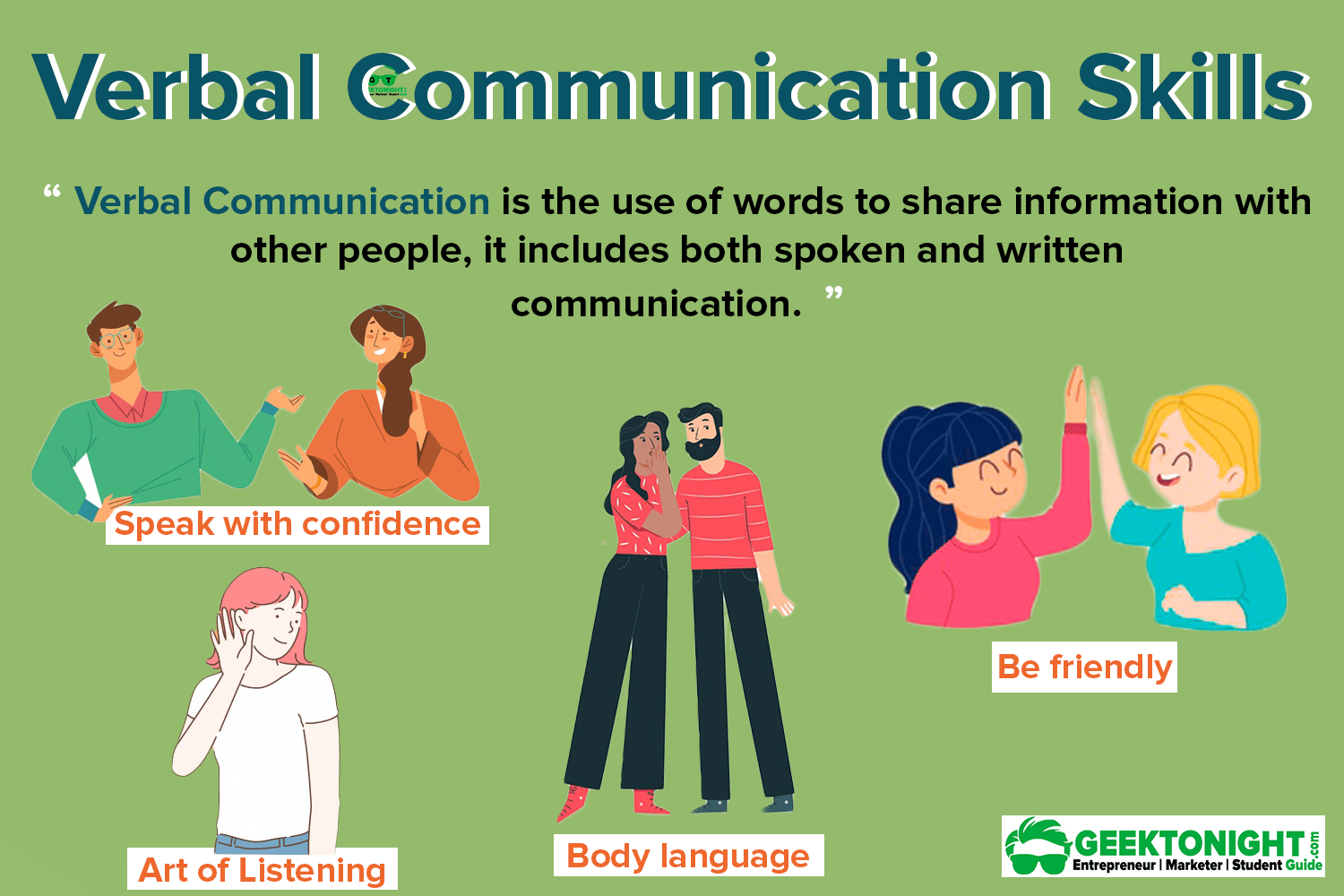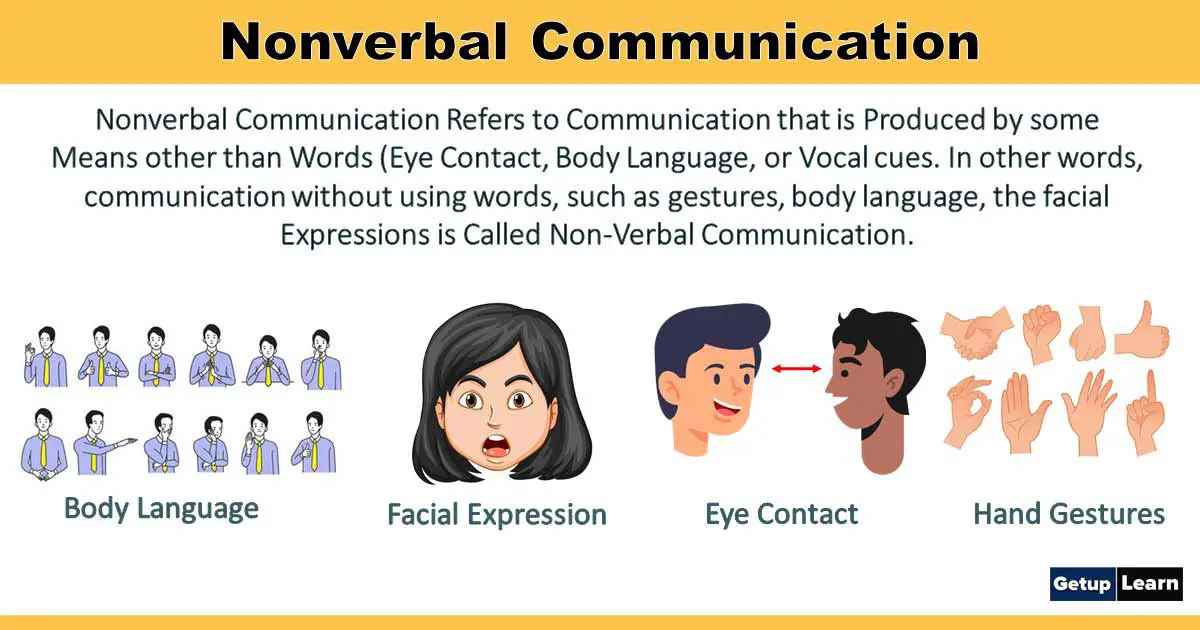Communication Channels Presentation
| Introduction to Communication Channels | ||
|---|---|---|
| Communication channels are the various methods or platforms through which information is transmitted. Effective communication channels facilitate the exchange of messages between individuals and groups. Communication channels can be categorized into verbal, nonverbal, and written channels. | ||
| 1 | ||
| Verbal Communication Channels | ||
|---|---|---|
| Verbal communication channels involve the use of spoken or written words to convey messages. Face-to-face conversations allow for immediate feedback and clarification. Telephone conversations are convenient for remote communication and quick information exchange. | ||
| 2 | ||
| Nonverbal Communication Channels | ||
|---|---|---|
| Nonverbal communication channels include body language, facial expressions, and gestures. Visual communication through images, graphs, and charts enhances understanding. Tone of voice and intonation play a significant role in conveying emotions and intentions. | ||
| 3 | ||
| Written Communication Channels | ||
|---|---|---|
| Written communication channels include emails, memos, reports, and letters. Written messages provide a permanent record and can be referenced later. Written communication is suitable for conveying complex information and for documentation purposes. | ||
| 4 | ||
| Face-to-Face Communication | ||
|---|---|---|
| Face-to-face communication allows for immediate feedback and clarification. It builds trust and fosters personal connections. Face-to-face communication is ideal for sensitive or emotional conversations. | ||
| 5 | ||
| Digital Communication Channels | ||
|---|---|---|
| Digital communication channels include emails, instant messaging, video conferencing, and social media. They provide convenience and flexibility for remote communication. Digital channels allow for the sharing of multimedia content and real-time collaboration. | ||
| 6 | ||
| Choosing the Right Communication Channel | ||
|---|---|---|
| Consider the nature of the message and its importance. Assess the urgency and time sensitivity of the communication. Evaluate the audience and their preferred communication methods. | ||
| 7 | ||
| Conclusion | ||
|---|---|---|
| Effective communication channels are essential for successful information exchange. Understanding the different communication channels helps in selecting the most appropriate one. By utilizing the right communication channels, organizations can improve productivity and collaboration. | ||
| 8 | ||
| References (download PPTX file for details) | ||
|---|---|---|
| Smith, J. (2020). The Complete Guide to Effec... Johnson, R. (2018). Communication Channels: A... Anderson, M., & Thompson, S. (2019). The Impa... |  | |
| 9 | ||







